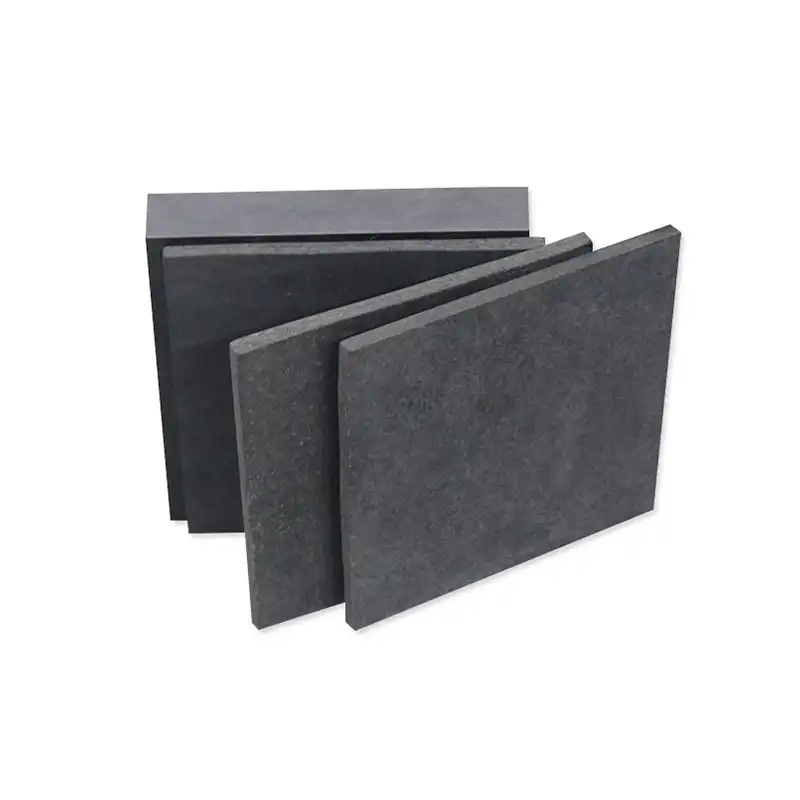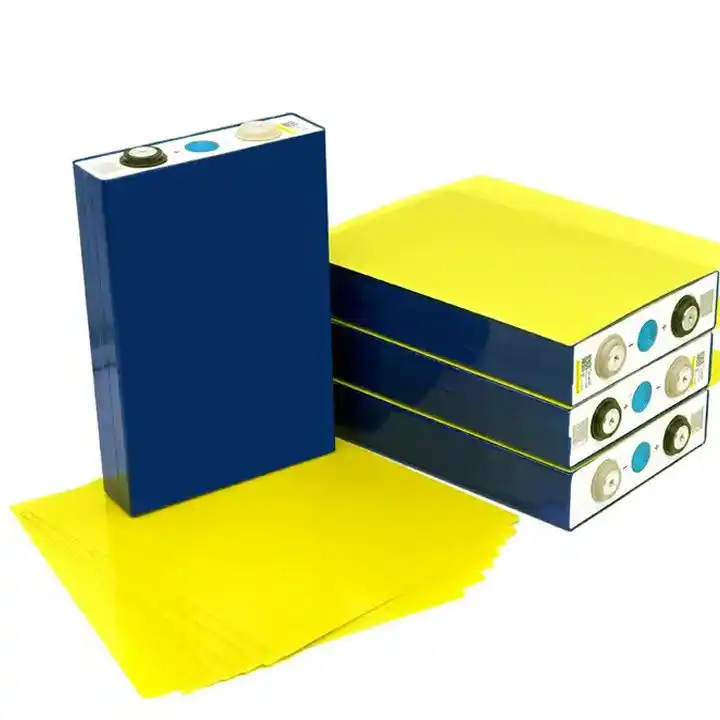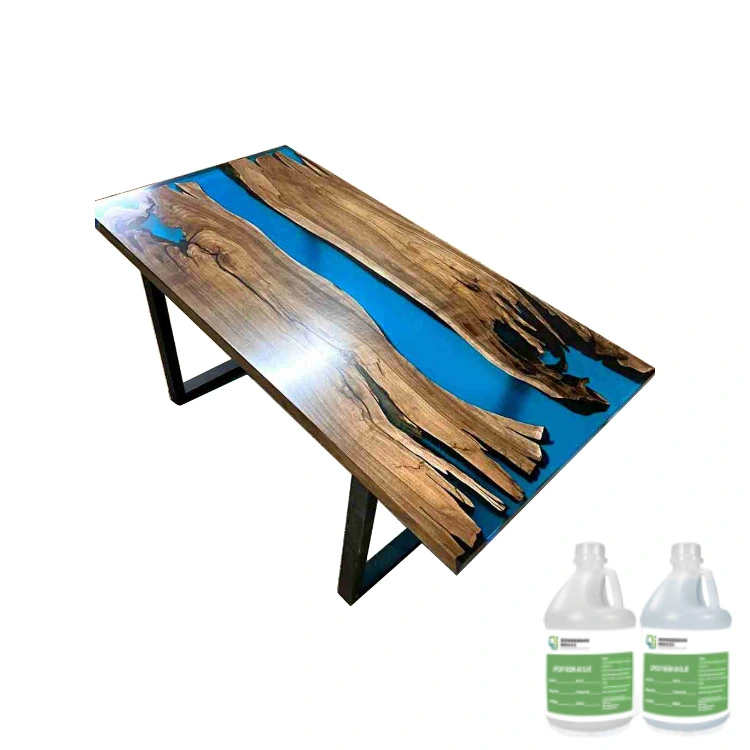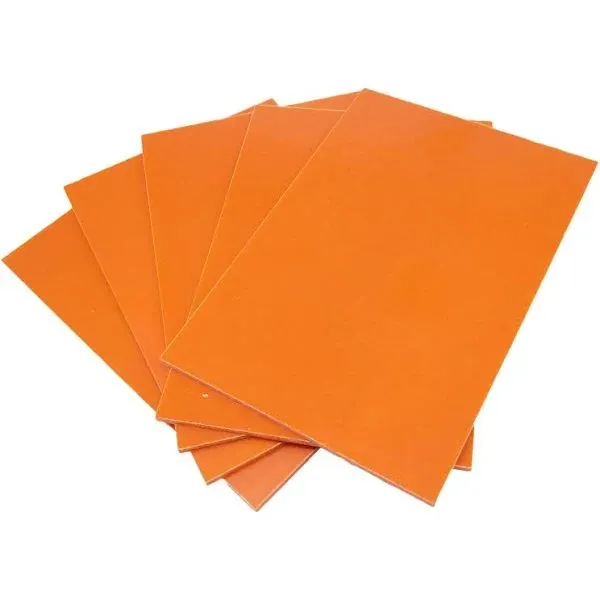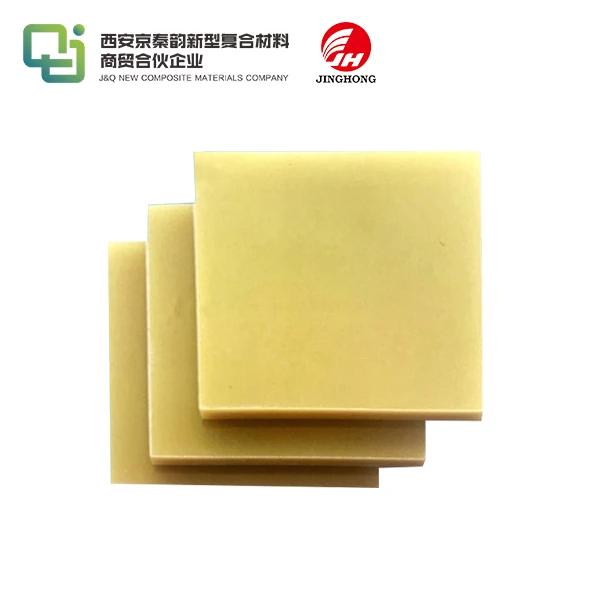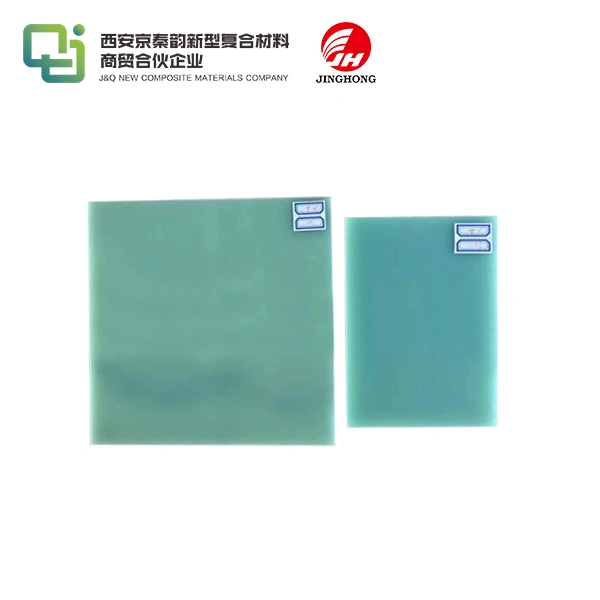What Makes Phenolic Paper Laminated Tubes So Durable?
2025-05-20 17:08:41
Phenolic paper laminated tubes are renowned for their exceptional durability, making them a preferred choice in various industrial applications. The remarkable strength of these tubes stems from their unique composition and manufacturing process. Phenolic resin, a synthetic polymer, is impregnated into layers of kraft paper, which are then wound and cured under high pressure and temperature. This process creates a dense, homogeneous structure that exhibits outstanding mechanical properties, chemical resistance, and thermal stability. The resulting material is not only incredibly strong but also lightweight, making it ideal for applications where both durability and weight considerations are crucial. The combination of these factors contributes to the long-lasting nature of phenolic paper laminated tubes, ensuring they can withstand harsh environments and maintain their integrity over extended periods.
Composition and Manufacturing Process
Raw Materials Used in Phenolic Paper Laminated Tubes
The foundation of phenolic paper laminated tubes lies in the careful selection of raw materials. High-quality kraft paper serves as the base, providing excellent tensile strength and flexibility. This paper is then impregnated with phenolic resin, a thermoset polymer known for its robust chemical structure. The type and grade of kraft paper used can be tailored to meet specific application requirements, allowing for customization in terms of strength, thickness, and other physical properties.
Impregnation and Winding Techniques
The impregnation process is a crucial step in the manufacturing of phenolic paper laminated tubes. The kraft paper is carefully saturated with phenolic resin using advanced impregnation techniques. This ensures that the resin penetrates deeply and evenly throughout the paper fibers. Once impregnated, the paper is wound onto mandrels using precision winding equipment. The winding process is meticulously controlled to achieve the desired wall thickness and to eliminate any air pockets or inconsistencies that could compromise the tube's integrity.
Curing and Post-Treatment
After winding, the tubes undergo a rigorous curing process. They are subjected to high temperatures and pressures in specialized ovens or autoclaves. This curing stage is critical as it initiates the cross-linking of the phenolic resin, transforming it into a hard, insoluble material. The precise control of temperature and pressure during curing ensures optimal bonding between the paper layers and complete polymerization of the resin. Post-curing treatments may also be applied to enhance specific properties such as heat resistance or electrical insulation.
Mechanical and Chemical Properties
Tensile and Compressive Strength
Phenolic paper laminated tubes boast impressive tensile and compressive strength properties. The layered structure of impregnated kraft paper, combined with the cross-linked phenolic resin, creates a material that can withstand significant axial and radial loads. This high strength-to-weight ratio makes these tubes ideal for applications where structural integrity is paramount, such as in aerospace components or industrial rollers. The tubes exhibit minimal creep under long-term loading, ensuring dimensional stability over time.
Chemical Resistance
One of the standout features of phenolic paper laminated tubes is their exceptional chemical resistance. The cured phenolic resin forms a protective barrier that is impervious to a wide range of chemicals, including oils, solvents, and mild acids. This resistance to chemical degradation is particularly valuable in applications where the tubes may be exposed to harsh industrial environments or corrosive substances. The inert nature of the material also prevents contamination, making it suitable for use in sensitive applications such as food processing equipment.
Thermal Stability and Insulation Properties
Phenolic paper laminated tubes demonstrate remarkable thermal stability across a broad temperature range. They maintain their structural integrity and mechanical properties at both elevated and low temperatures, typically ranging from -60°C to 130°C. This thermal stability is complemented by excellent insulation properties, both thermal and electrical. The low thermal conductivity of these tubes makes them effective in applications requiring heat containment or insulation. Additionally, their high dielectric strength renders them suitable for electrical insulation purposes in various industrial and electronic applications.

Applications and Longevity
Industrial and Aerospace Applications
The unique combination of properties exhibited by phenolic paper laminated tubes makes them indispensable in numerous industrial sectors. In aerospace, these tubes are used for structural components, insulation, and ducting systems due to their lightweight nature and fire-resistant properties. The automotive industry utilizes them for drive shafts and other components where high strength and low weight are crucial. In the electrical sector, they serve as insulating sleeves for transformers and switchgear. The tubes' versatility extends to their use in construction as concrete forms, offering excellent surface finish and multiple reuses.
Factors Contributing to Extended Lifespan
Several factors contribute to the extended lifespan of phenolic paper laminated tubes. Their inherent resistance to moisture absorption helps prevent degradation in humid environments. The tubes' ability to withstand repeated thermal cycling without significant loss of properties ensures longevity in applications with fluctuating temperatures. The surface hardness and abrasion resistance of these tubes also contribute to their durability, allowing them to maintain their integrity even in high-wear situations. Furthermore, their resistance to UV radiation and ozone makes them suitable for outdoor applications without rapid deterioration.
Maintenance and Care for Optimal Performance
While phenolic paper laminated tubes are inherently durable, proper maintenance can further extend their service life. Regular inspection for signs of wear or damage is recommended, particularly in critical applications. Cleaning the tubes with appropriate solvents can help remove any accumulated contaminants that might affect their performance. In applications where the tubes are exposed to extreme conditions, implementing protective measures such as coatings or covers can provide an additional layer of defense. Proper storage when not in use, away from direct sunlight and extreme temperatures, can also help preserve their properties over time.
Conclusion
Phenolic paper laminated tubes stand out as a paragon of durability in the world of industrial materials. Their remarkable strength, chemical resistance, and thermal stability are the result of a carefully engineered composition and manufacturing process. From their robust raw materials to the precise curing techniques, every aspect of these tubes is designed to ensure longevity and reliability. Their versatility in applications ranging from aerospace to electrical insulation demonstrates their indispensable role in modern industry. As we continue to push the boundaries of material science, phenolic paper laminated tubes remain a testament to the power of innovative engineering in creating lasting solutions for complex industrial challenges.
Contact Us
For more information about our high-quality phenolic paper laminated tubes and how they can benefit your specific application, please don't hesitate to contact us. Our team of experts is ready to assist you in finding the perfect solution for your needs. Reach out to us at info@jhd-material.com to discuss your requirements or to request a quote. Let us help you harness the durability and versatility of phenolic paper laminated tubes for your next project.
References
1. Johnson, A. R., & Smith, B. T. (2019). "Advances in Phenolic Resin Technology for High-Performance Composites." Journal of Composite Materials, 53(15), 2087-2102.
2. Lee, C. H., & Park, S. J. (2020). "Phenolic Resins: A Century of Progress and Their Future." Progress in Polymer Science, 101, 101220.
3. Zhang, X., & Yang, H. (2018). "Mechanical Properties and Applications of Phenolic Paper Laminates in Aerospace Industry." Aerospace Science and Technology, 76, 258-269.
4. Brown, E. M., & Davis, R. K. (2021). "Chemical Resistance of Phenolic Composites in Industrial Applications." Industrial & Engineering Chemistry Research, 60(22), 8109-8120.
5. Thompson, L. F., & Wilson, G. H. (2017). "Thermal Stability and Insulation Characteristics of Phenolic Paper Laminates." Journal of Thermal Analysis and Calorimetry, 130(3), 1523-1532.
6. Rodriguez, M. A., & Chen, Y. (2022). "Long-Term Performance and Durability of Phenolic Resin Composites in Extreme Environments." Composites Part B: Engineering, 228, 109440.

